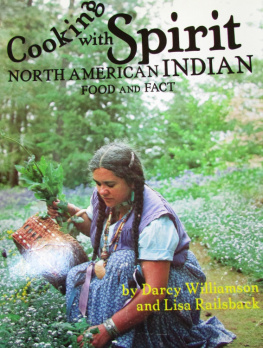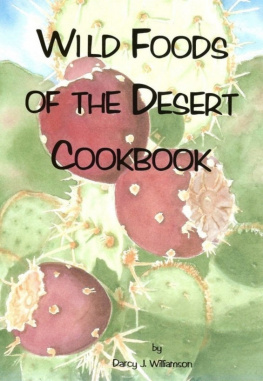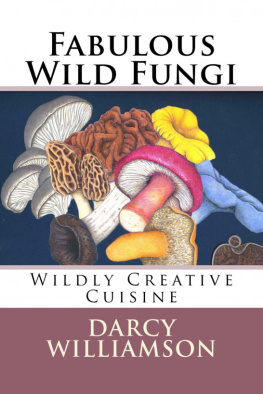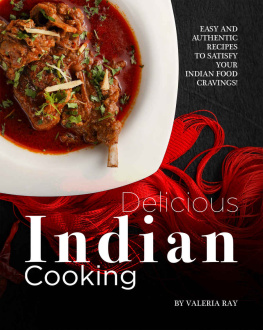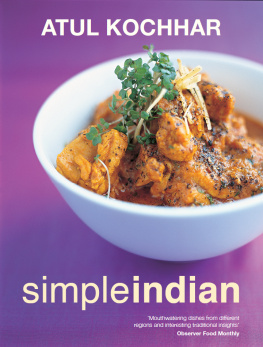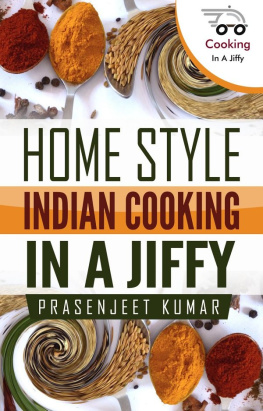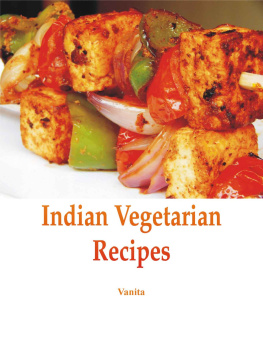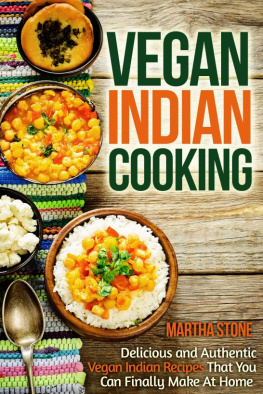COOKING WITH SPIRIT NORTH AMERICAN INDIAN FOOD AND FACT BY Darcy Williamson and Lisa Railsback Cooking With Spirit North American Indian Food and Fact Published by Darcy Williamson onSmashbooks Copyright 2010 by Darcy Williamson Cover photo Lisa Railsback (1988) Copyright 2010 by Darcy Williamson All rights reserved. Without limiting therights under copyright reserved above, no part of this publicationmay be reproduced, stored in or introduced into a retrieval system,or transmitted, in any form, or by any means (electronic,mechanical, photocopying, recording, or otherwise) without theprior written permission of both the copyright owner and the abovepublisher of this book. Smashwords Edition LicenseNotes This ebook is licensed for your personalenjoyment only. This ebook may not be re-sold or given away toother people. If you would like to share this book with anotherperson, please purchase an additional copy for each person youshare it with. If you're reading this book and did not purchase it,or it was not purchased for your use only, then you should returnto Smashwords.com and purchase your own copy.
Thank you forrespecting the author's work. ISBN 0-9843136-7-2 AUTHOR'S OTHER EBOOKS: Sisters of a Different Dawn Mountain Men of Idaho Fabulous Wild Fungi ~ Wildly CreativeCuisine Wild Foods of the Desert CHAPTERS OF CONTENT: Chapter 1 ~ North Coast CultureArea Chapter 2 ~ California-Intermountain CultureArea Chapter 3 ~ Southwester CultureArea Chapter 4 ~ Plains Culture Area Chapter 5 ~ Southeastern CultureArea Chapter 6 ~ Northeastern-Mackenzie CultureArea INTRODUCTION: To some, North American Indian cooking seemsbland ~ unseasoned. The ingredients lack interest, and in manycases, appeal. But the native cooks of this country used what wasat hand and took care to conserve their food sources so that therewould always be plenty for generations which followed. They did noteat for sheer pleasure; they ate to survive, they ate what the landoffered, and they seasoned their food with spirit. The native plants, fish, and game were warriorfoods, for they were the survivors of the fittest, the weaker foodshaving died off.
Warrior foods made one strong, and strength meanta greater chance of survival for the Native Americans. When thepeople were forced onto reservations and fed government rations,they believed that they would become weak from the "new foods,"which included "kept" meats ~ animals which were unclean from lackof activity. Even with the drastic changes in environmentand lifestyles, the North American Indians have undergone attitudesin preparation of foods and choice of utensils remains important.As is traditional, foods are acquired with reverence and attentionto its importance in the balance of nature. Each animal, fish orplant has unique qualities and powers, and are considered relativeto all life. When any are eaten, used or worn, these qualitiesbecome part of the person utilizing them. Even utensils, weaponsand tools are channels of spirit energy, positive or negative,which can be passed to foods and material goods.
Harmony with nature is always important. Waterflows clockwise and one must stir food in a clockwise direction. Toflow with nature is survival. To remember that all life, plant andanimal, should be regarded with reverence, is survival. The attitude of persons preparing food isextremely important, also. A happy, peaceful cook is healthful,while anger or negative feelings cause inferior foods or illness.Love of one's family means joy in cooking.
CHAPTER 1 ~ NORTHWEST COAST CULTUREAREA The Northwest Coast Culture area extends alongthe coast of northwestern America from Trinidad Bay in northernCalifornia to Yakutat Bay, Alaska. Tribes included in this area arethe Tlingit, Haida, Tsimshiam, Bella Coola, Kwakuitl, Nooka, CoastSalish, Chinook, Yurok and Hupa. Fish is the staple food of the Northwest Coasttribes. Salmon, halibut, smelt, herring, cod and candlefish arefavorites. Shellfish, such as clams, mussels, abalones, limpets,periwinkles, crabs and sea urchins are also popular. Seals, sealions, porpoises, whales, duck, deer and black bear are hunted.Vegetable foods are less important.
Those favored are arrowhead,seaweed, camas, acorns and unfurled ferns. Berries are abundant inthis area and include salal, cranberries, blackberries, salmonberries, blueberries, huckleberries and blackcaps. Traditionally, the three methods most oftenused in cooking were boiling, steaming and broiling. Watertightbaskets or cedar boxes were used in boiling. Heated stones wereplaced in liquid, which had been poured in a watertight container.Within minutes, the liquid would begin to boil, and the foodscontained in the liquid cooked quickly. Steaming was done in shallow pits.
The pit wasfilled with hot stones and covered with leaves, woven grass andrush mats. Water was poured through the stones, steaming thefoods. Fish and meat were often broiled over an openfire or over a bed of coals. At meal time, long feast mats were unrolled toserve as tablecloths. ARROWHEAD PICKLES (Modern) 2 quarts of arrowhead tubers 3 small red peppers, seeded 1 quart cider vinegar 1/2 cup brown sugar 1/4 cup salt Clean tubers. Pack whole tubers in threesterilized one-quart jars.
Add one red pepper to each jar. Mixvinegar, brown sugar and salt in pan. Bring to boiling and simmer 5minutes. Pour mixture over arrowhead tubers, filling jars to within1/4 - inch of the top. Seal tightly. Pickles are ready to use intwo weeks.
TULE POTATOES (Traditional) Tule potatoes are often calledarrowhead ( Sagittaria ). The tubers are found at the end of the long roots of thisaquatic plant. Native Americans used their toes or long sticks todislodge the tumors. July to September is the harvestseason. Dig a small pit and line it with stones. Builda fire in the pit and burn until a good amount of coals hasaccumulated.
Make a well in the center of the coals and add thetubers. Rake coals over the tubers, cover with damp grass orleaves, and allow them to roast 45 minutes to an hour, or untiltender. Peel and eat. A tea made from the roasted andground whole dandelion plant (root included), gathered during anautumn night, and is used as a cleansing tonic for the liver andgall bladder. BEAR PAWS (Modern) 2 lbs. skinned bear paws 1 quart cider vinegar Myrtle leaves 8 strips of bacon 2 onions, chopped 2 carrots, sliced 3 1/2 cups meat stock 1 cup dried service berries or salalberries Marinate paws in vinegar and myrtle for 5days.
In Dutch oven, add bacon, onion and carrot. Cook until baconis partially crisp. Add drained bear paws, stock and water to covermeat. Cover Dutch oven and simmer slowly for 8 hours. Add berriesthe last half hour of cooking. BEAVER STEW (Modern) 1 beaver, skinned and gutted 1 part candlefish oil 1 part cider vinegar 1 part water Bundle of herbs 1 cup honey Cut up beaver and throw it in a crock with themixture of oil, vinegar, water, herbs and honey.
Let stand for fivedays, and then simmer in marinade for 4 hours over low heat. Addsome onions and potatoes, if you like. Fish, salmon and whales were thebuffalo of the tribes of the Northwest Coast Culture Area. Seaweed,tubers and berries were their corn; and huge sea-going canoes weretheir horses. WHY THE SALMON IS RESPECTED Once the son of a respected woman took a pieceof salmon from the food box without permission. After beingscolded, the boy went up the river where he sat down and sulked.
Avoice called to him from a canoe, "Get in!". And the boy climbedin. The canoe went further up river and came to avillage with large houses. The front of the first house was paintedwith the "Quinis," or dog salmon design. Other fine house frontswere painted with coho, sockeye, steelhead, and spring salmon. "You are at the home of the Salmon People,"Mouse Woman said, "you healed the crippled leg of the salmon chiefwhen you took the fish from your mother's food box. "You are at the home of the Salmon People,"Mouse Woman said, "you healed the crippled leg of the salmon chiefwhen you took the fish from your mother's food box.
Next page
